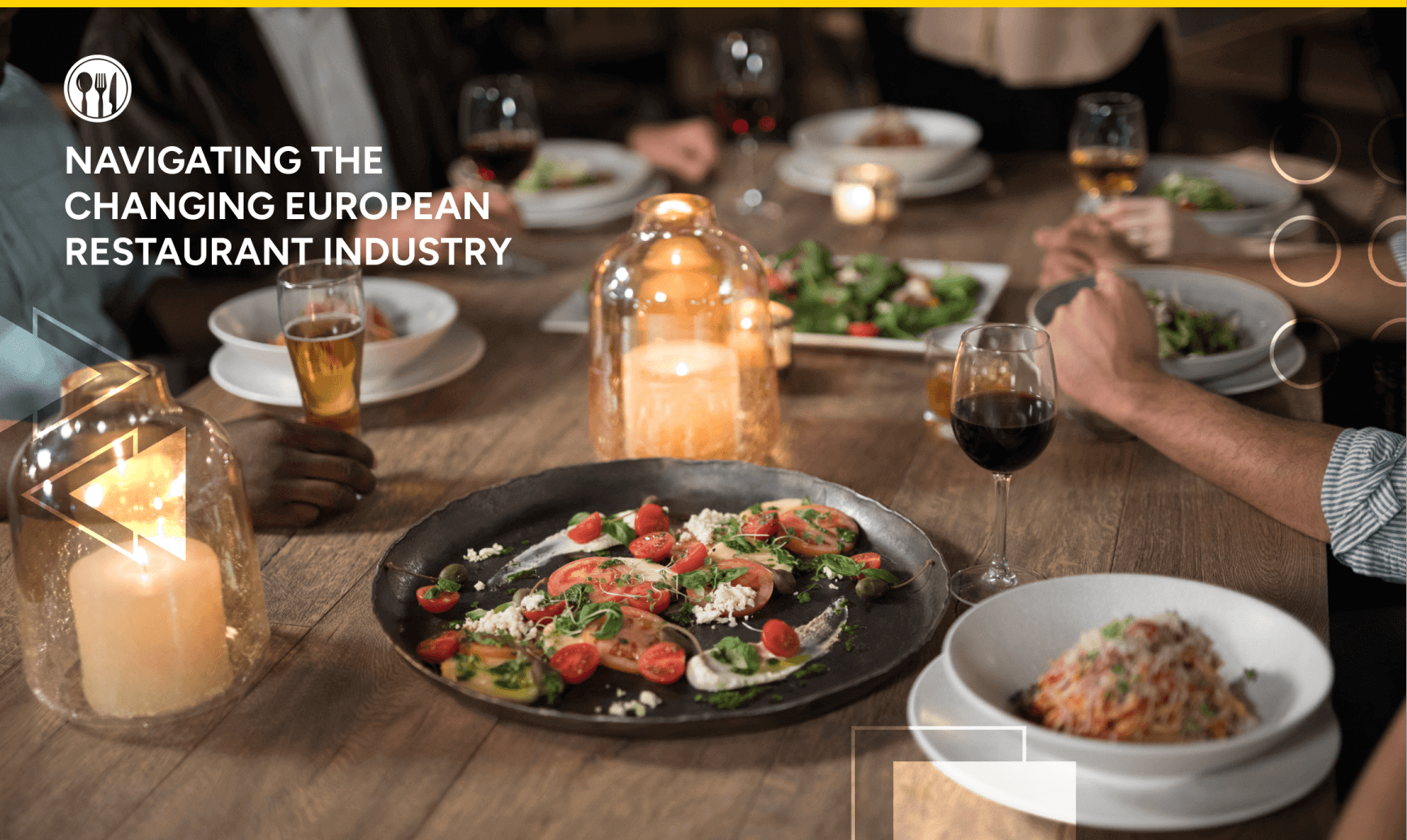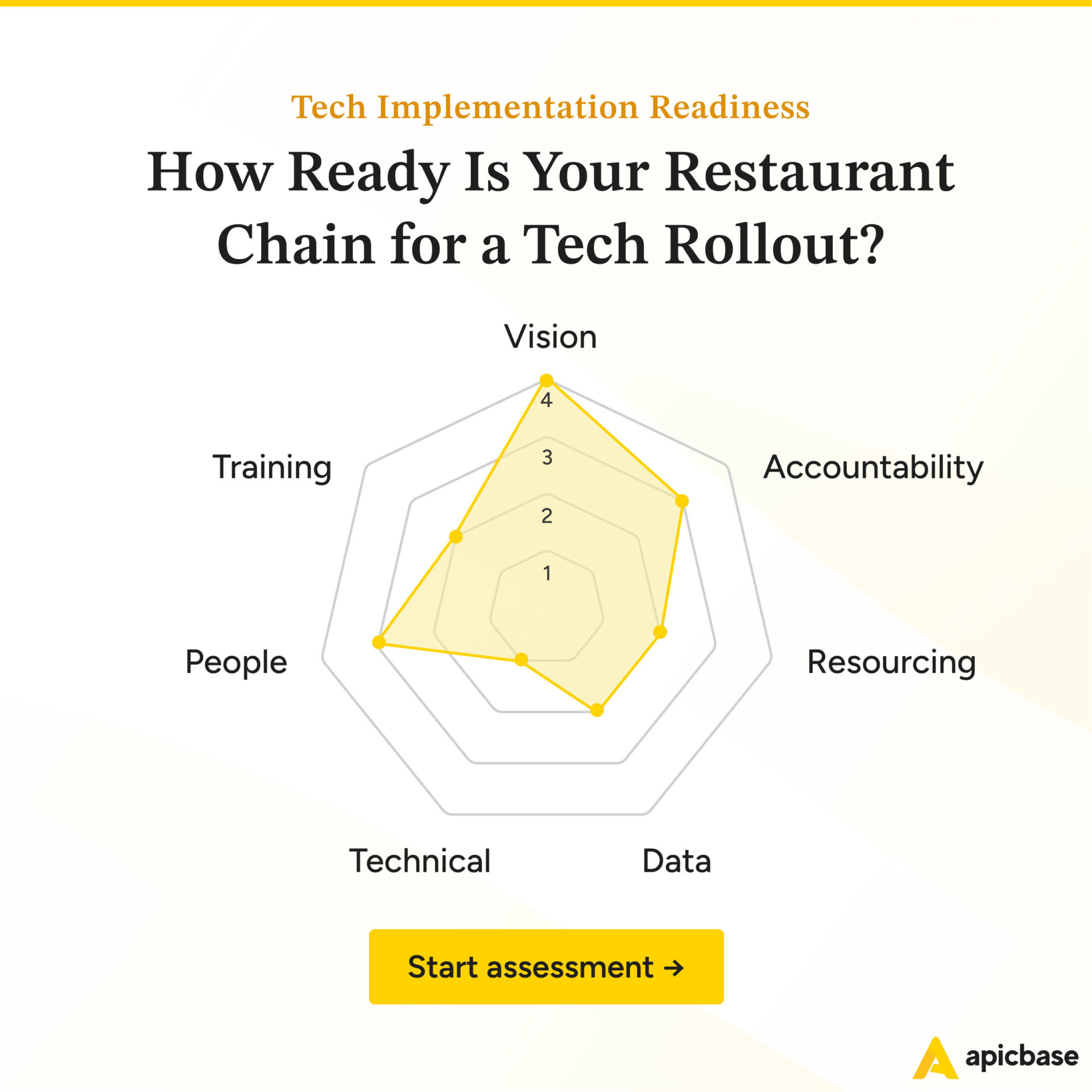There is good and bad news.
On the one hand, the future of Europe’s restaurant industry is looking bright. People are dining out again in ever-increasing numbers. On the other hand, growing demand is overshadcowed by several major challenges.
High inflation, labour shortages, supply chain problems and changing consumer demands are black clouds on a sunny day. They make it hard for food businesses to remain competitive and turn a healthy profit.
The European foodservice industry is at a tipping point. At least, that is how it feels. The old recipes for success don’t seem to work anymore. The good news, there are new recipes that could potentially work even better.
We’ve asked experts and winning restaurant operators how they achieve longterm success in a changing landscape.
Here we go!
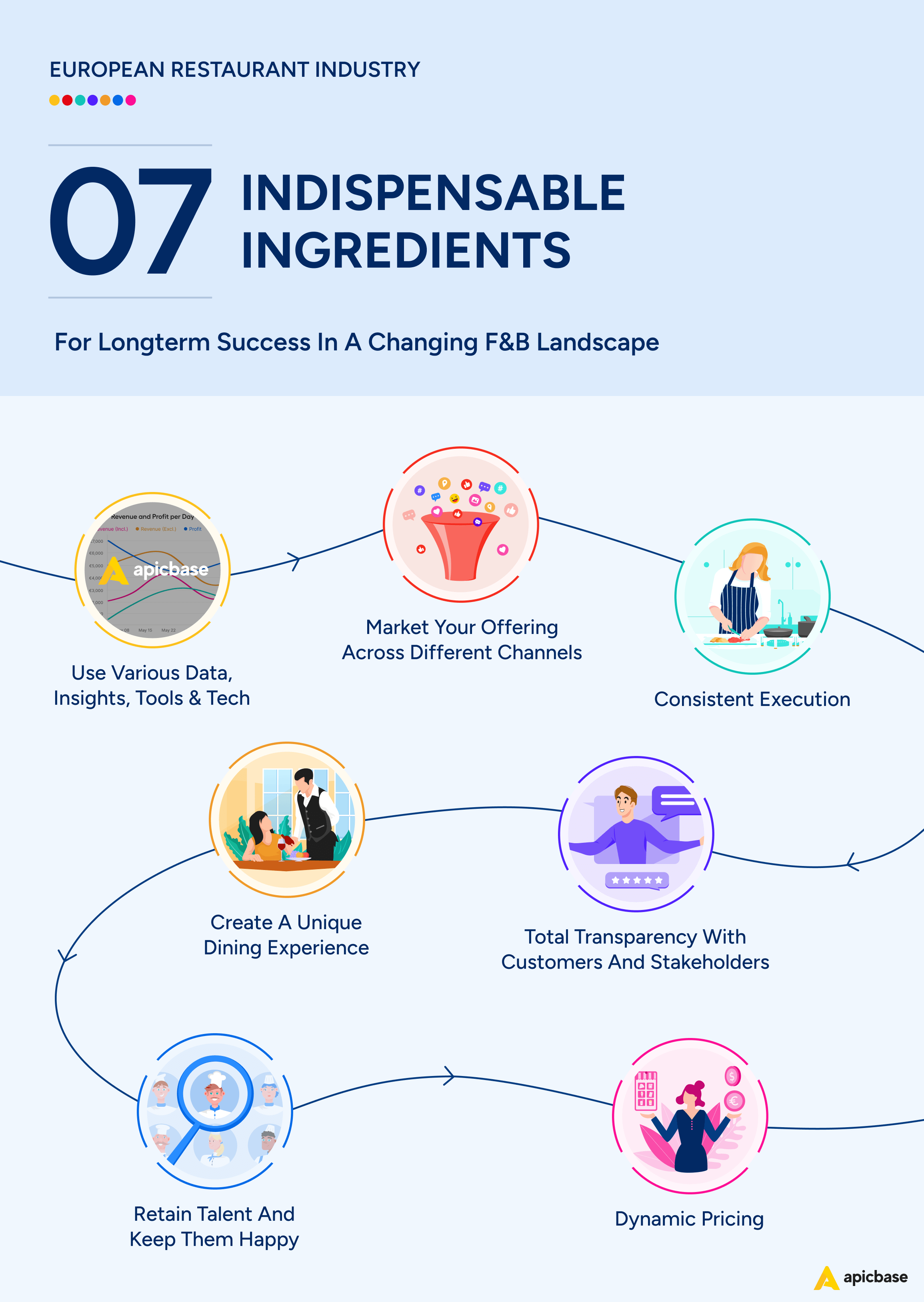
#1 Operational Excellence
The restaurant industry is competitive, and ensuring you’re operating at peak efficiency is the only way to stay on top. Doing so will help you cut costs, serve customers more quickly, increase customer satisfaction, and improve profits. But to operate like a well-oiled machine, you must know how to achieve operational excellence.
Operational excellence is the ongoing effort to improve your processes, systems, and people using various data, insights, and tools. For example, this continuous improvement involves identifying bottlenecks in your operation and eliminating them, improving communication, and automating repetitive tasks.
The ultimate goal of operational excellence is to bring your entire business up to speed with the latest operational requirements, developments, and trends to keep up with the competition and deliver a great product to your customers.
Technology can be an incredible help for achieving operational excellence and bringing in more revenue, so let’s look at the tech your restaurant needs today and in the years ahead.
How does restaurant technology help you improve operational efficiency?
There are several ways food-service operators can leverage technology to run a lean operation, with the ultimate goal of securing more business and profits.
- You can use technology to optimise or automate various tasks, such as inventory management and ordering, which helps reduce errors and increase efficiency. AI tools even allow you to automate core tasks like food preparation or production.
- Restaurant tech enables you to collect and analyse data on everything from sales and customer behaviour to inventory levels and food production. As a result, you can identify areas where you can improve and make data-driven decisions.
- Adopting technology allows you to track inventory levels in real time, streamlining the supply chain, reducing waste, and ensuring ingredients are always available when needed.
- Restaurant technology platforms also help you manage customer relationships and track customer behaviour, so you can easily customise offers and promotions to increase customer satisfaction and loyalty.
- On a logistical level, technology enables customers to order and pay remotely and track their delivery.
- Because technology integration allows your business systems to talk, it improves communication between the kitchen and front-of-house staff. This leads to more efficient service and an improved overall customer experience.
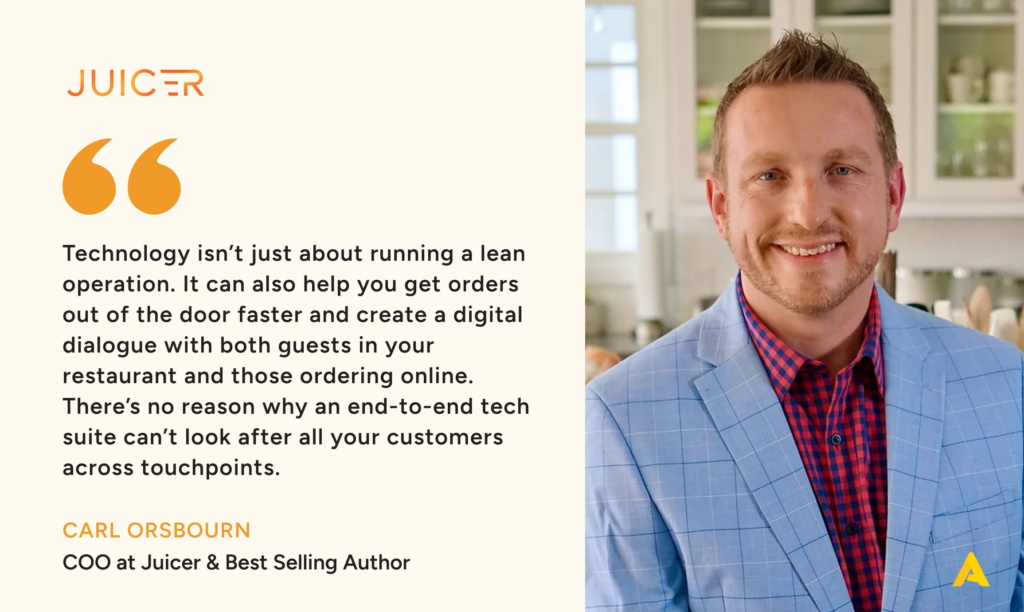
What tech does your restaurant need?
While there are many platforms and technologies for restaurants and cloud kitchens, a few solutions are true game-changers in today’s industry. That’s because they allow you to meet both current consumer demand and operational requirements.
End-to-end technology platform solutions, for example, combine multiple pieces of software to enable you to manage your restaurant in one place. These innovative tech platforms solve different issues simultaneously.
A solution like Apicbase connects the dots between menu engineering, online orders, production, and procurement. In addition, it automates back-of-house operations so your teams can focus on creating epic food and customer experiences.
Recommended read: How Will Off-Premise Dining In Europe Evolve? A Glimpse Into The Future
#2 Doing more with what you already have
Sometimes, getting creative and standing out isn’t about reinventing yourself. If you already have a successful brand, story, and vision, why not expand your reach by focusing on what you’re already known for?
Whether it’s your signature sauce, juicy burger, or plant-based sharing platter, try to market your offering across different channels. By doing so, you can fully utilise your kitchen capacity without adding overhead costs. Additionally, expanding your offering meets the current demand for convenience – whether consumers order online, dine in, now, or later.
Getting less cryptic: how you can put this into action
How exactly can you do more with what you already have?
- First, take your brand online if you haven’t done so already. Then, leverage your most popular and profitable menu items for delivery and takeaway. Finally, adjust your offering based on what works for off-premise consumption. Don’t be afraid to shorten and simplify your menu to make it work!
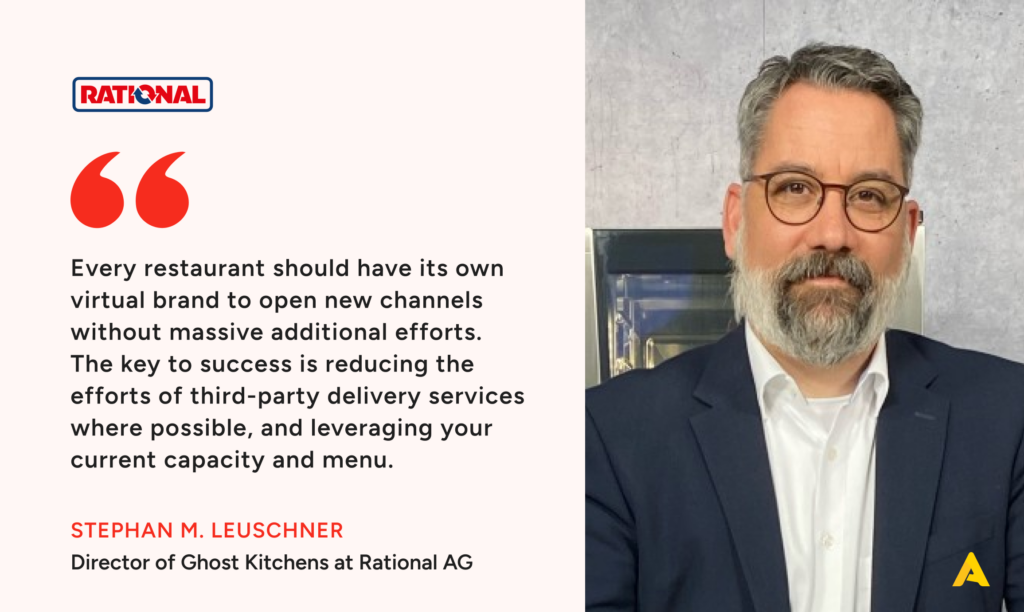
- You could also partner with retail and grocery stores to sell (semi-)finished goods and get your dishes onto the shelves of supermarkets. Depending on the footprint or layout of your real estate, it is a good idea to open a small on-site shop where you sell ingredients, (semi-)finished goods, and other branded merchandise.
- If your concept lends itself to it, why not test with vending machines to get your delicious meals to as many customers as possible?
- Last but certainly not least: create a virtual brand for your restaurant. This way, you can experiment with new dishes to see if they land well without much risk or upfront costs and enter the food delivery space simultaneously.
#3 Consistent execution
Over the past couple of years, restaurants have basically been in a constant fight or flight mode, putting out fires like supply chain issues, rising commodity prices, and staff shortages. But besides these challenges, consistent execution also deserves operators’ attention.
Consistency is essential to meet customers’ expectations and drive repeat business. It’s important to understand that your restaurant doesn’t need to be perfect, but you must be able to deliver the same high-quality experience time after time to keep your customers satisfied and protect your brand reputation.
That means you need to offer consistent food, service, and atmosphere to stay in business, stand out, and make people want to come back again and again.
Let’s focus on food consistency here. When you’re trying to build loyalty with your customers, you want them to have a consistent experience every time they visit. You don’t want guests walking out of the door feeling like something about their visit wasn’t up to par – and that’s precisely what happens when food quality changes from meal to meal or day to day.
It begs the question …
How can you boost food consistency?
Create Standard Operating Procedures (SOPs)
Standard operating procedures (SOPs) can help restaurants boost food consistency because they provide clear and detailed instructions for preparing menu items, ensuring they are prepared consistently every time. SOPs can help achieve this by:
- Establishing specific cooking and preparation techniques: SOPs outline the exact steps and techniques kitchen staff should use to prepare each menu item. That includes the temperature and cooking time for different dishes, the order in which your chefs should add ingredients, and any specific garnishes or presentation techniques;
- Ensuring consistency in ingredient portions: SOPs specify the exact quantities of each ingredient used in every dish, which can help to ensure that your meals are consistently flavoured (and that you’re not wasting food);
- Providing guidance for presentation and plating: SOPs include instructions for the presentation and plating of your dishes so that you can present each dish in a visually appealing and consistent way;
- Offering training material: SOPs can also be used as a training tool for new employees, allowing them to quickly learn the proper procedures for preparing menu items and ensuring consistency in the food you serve.
Therefore, setting Standard Operating Procedures – and reworking them as you go based on your insights – will improve your food consistency and customer experience, ultimately boosting customer satisfaction and loyalty.
Run a central production unit
A central production unit or CPU can also help you consistently execute recipes.
By centralising your food prep and production in one location, you can standardise ingredient sourcing and preparation to ensure all ingredients are sourced from the same suppliers. Additionally, a CPU guarantees your meals are prepared the same way across outlets and channels.
A central production kitchen also enables you to establish consistent cooking and preparation techniques to safeguard that your dishes are consistent every time, regardless of location.
Finally, centralising food production allows you to improve logistics, which can help cut costs, improve efficiency, and reduce waste. So, consistency isn’t the only thing you can gain from running a CPU.
Focus on training
Adequate training is also crucial to keep your product consistency in check. Ensure you give your employees the knowledge and skills needed to prepare, plate, and serve menu items appropriately.
Employee training can include instructions on your restaurant’s SOPs and how to follow them, but you should also offer regular training courses, refresher courses, and individual coaching.
Use restaurant tech
Lastly, restaurant technology can also help you consistently execute recipes. That’s because today, many different software platforms simplify or automate back-of-house operations to ensure your kitchen runs smoothly (improving consistency in the process).
To give you a few examples, here’s how restaurant tech can improve product consistency:
- Restaurant technology solutions automate your order flows, so you don’t manually have to enter orders into your POS. This eliminates human error, which improves order accuracy and consistency.
- Tech platforms enable you to do menu engineering and create fully costed and portioned recipes with step-by-step methodologies and dietary info you can then roll out to your restaurants.
- Restaurant tech also facilitates easier menu management, so you can update menus and replace items without making mistakes along the way.
- Many solutions allow for automated inventory management, notifying you when your theoretical and actual costs of goods sold (CoGS) differ – by location, even – so you can quickly address any inconsistencies in recipe execution (for example, under- or over-portioning).
For your information: restaurant technology has plenty of other benefits for your food-service company. We’ll talk more about this in the Operational Excellence part of this article (#1).
#4 Total transparency
Your food brand is more than just your name and logo. It is the sum of your entire customer experience, ranging from food quality and service to atmosphere and cleanliness. To build trust and credibility with customers, you must be willing to be transparent about all these aspects of your business.
Today’s consumer, in particular, demands increased food transparency. They want to know how their food was grown or raised, who made it, how it was prepared, and where it came from. In addition, consumers want to see that your restaurant has taken steps to mitigate problems like food waste and pollution and that your food is safe for them and their families.
And most of all, your customers want all of this information in one place, accessible on demand, so they can make informed decisions about where they eat and what they order.
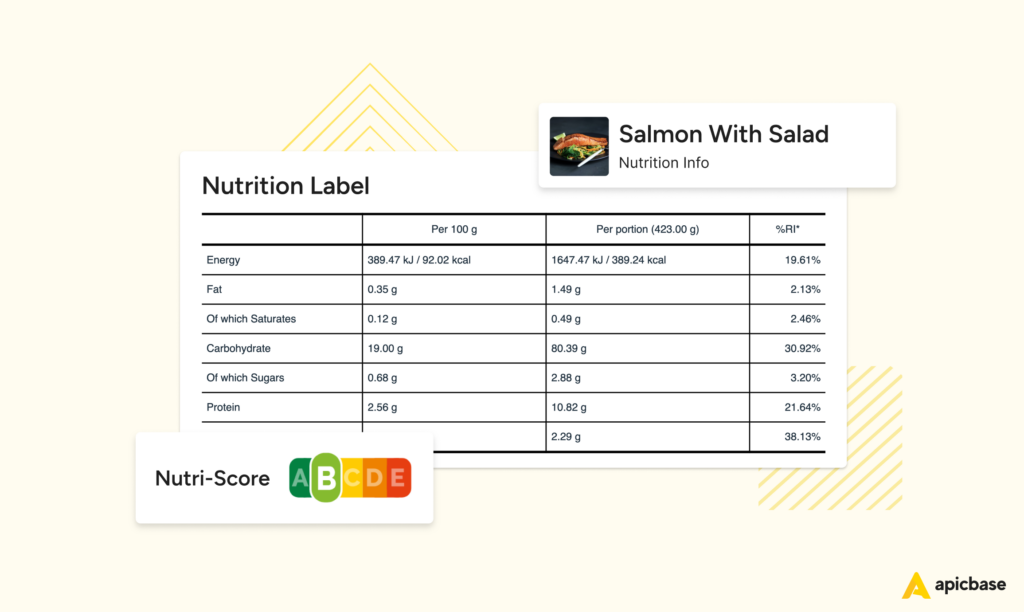
But transparency isn’t just about food. To achieve long-term success, you must communicate transparently about every part of your business that impacts customers, employees, partners, and investors. For instance, ensure you let everyone know about:
- Your vision and story;
- Hiring, training, and retention policies;
- What you do to minimise your impact on the environment;
- How you handle menu price inflation;
- Etc.
In essence, you must deliver total transparency to build trust with your customers and stakeholders and maintain a good brand reputation.
#5 Authentic experiences
People don’t visit restaurants only for food. We go out to socialise, meet friends, and have a great experience. As a restaurateur, that’s why you need to fully understand your guests’ expectations when they dine in your establishment.
Next to consistent, high-quality food, there are other aspects you can look into to deliver an authentic restaurant experience. These include using the right chinaware, playing the right music, ensuring you’ve got the right acoustics, temperature, lighting, and so much more. Even the colour of the plates you use can impact your guests’ taste experiences!

How to create a unique dining experience
While every restaurant is unique, there are a few things every operator can do to improve the customer experience, for example:
- Work on improving your consistency. As mentioned earlier, your food and service levels must be spot-on every time to retain customers and build an excellent reputation.
- Put the customer first by researching what they want, who they are, and how your concept meets their demands. Talk to your customers, be brave to make the right decisions, and adjust your business model when needed.
- Train your staff to ensure they understand what your restaurant is about and how to execute your vision. It’s vital that every team member knows the food, what message your brand wants to deliver, and how their role supports the big picture.
- Curate your menu: your menu is the heart of your business, so you have to get it right! That’s why it’s crucial to constantly analyse and adjust your offering based on its profitability and popularity. When you do this, you won’t just improve your customers’ experience but your bottom line, too.
#6 A Genuine Company Culture
Having employees that go above and beyond – instead of quiet quitting – is the cornerstone of your restaurant’s success.
And in a time when finding skilled restaurant staff is incredibly hard, it’s even harder to retain talent and keep them happy. That’s why now, more than ever, you need to focus on successfully managing your employees and fostering your company culture.
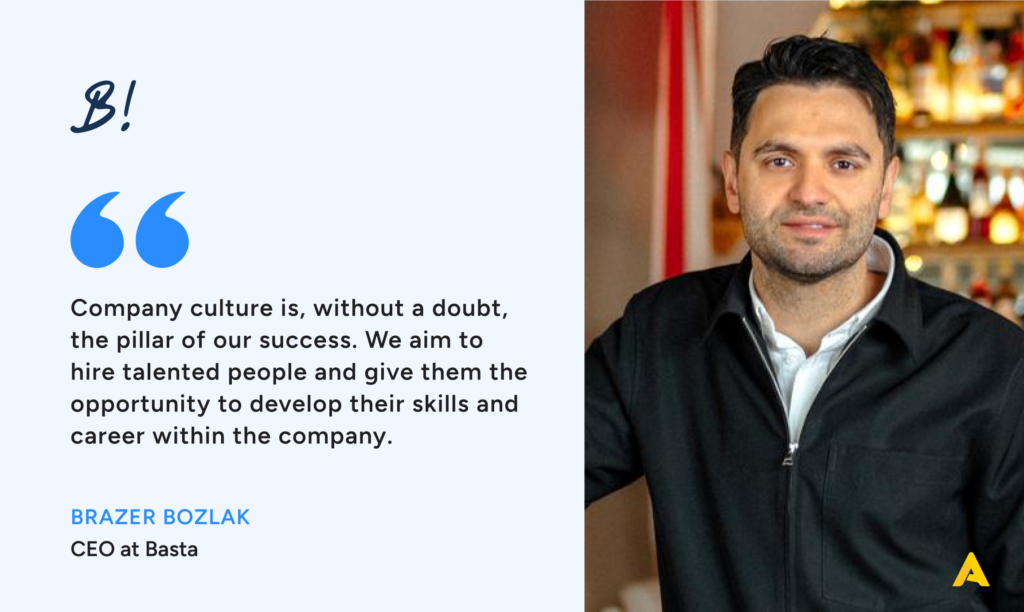
When creating an authentic company culture, putting values on your walls and website is not enough. You must live your core values every day. That means hiring people who embody those values, treating them with respect, and having an open-door policy, so they feel comfortable sharing their ideas with you. Meaningful company culture also includes transparency about salaries and workloads so employees know what they’re working toward.
Another crucial element of your company culture is effective onboarding, training, and coaching programs, along with technology that assists your restaurant staff with their day-to-day and helps them focus on what’s important.
If you get this part right, you can turn your employees into ambassadors, which will, in turn, help you reach new audiences and markets.
#7 Dynamic pricing
The final key secret to long-term restaurant success is dynamic pricing.
Dynamic pricing is currently a hot topic in the restaurant industry. In the US, many operators have been experimenting with dynamic prices to offset current steep commodity prices and cost fluctuations.
But that’s just one way to use dynamic pricing. This strategy can also help restaurants increase their revenue by charging higher prices during busier times (when customers are willing to pay more for food). As a result, it can help compensate for lost business during slow periods without resorting to major price reductions or discounts.
Dynamic pricing also allows restaurants to offer special deals and discounts on certain days or at certain times – for example, €5 burgers on Mondays or 25% off an entire order between 4 and 5 pm. In addition, you can use this mechanism to encourage customers to order a specific dish that is more profitable to make or prepared with ingredients you want to use up.
It’s important to understand that dynamic pricing works both ways, so that means raising and lowering your prices based on factors like the time of day, location, or even weather conditions. Be reasonable and fair, and you’ll soon discover how dynamic pricing can get more people through the door.
Conclusion: The Future Of Europe’s Restaurant Industry
In a constantly evolving industry, your food company must remain flexible and adaptable to changing consumer behaviour and trends shaping the future of restaurants.
But there’s more to long-term success. To stay on top and appeal to consumers, consistent execution, authentic experiences, and business transparency will become even more crucial. Additionally, restaurants will need to keep working on improving their processes, systems, and people to run a lean operation.
You can work with what you already have, optimising your current offer, being open to new channels and partnerships that fit your concept, and experimenting with dynamic prices. In addition, fostering a positive company culture and nurturing healthy relationships with your employees will give you an edge over competitors.

Apicbase has got you covered
It will support your F&B management, providing you with valuable business insights, simplifying processes like inventory management and ordering, and giving you advice based on years of industry experience.
Reach out today to keep costs down, quality up and staff happy.

